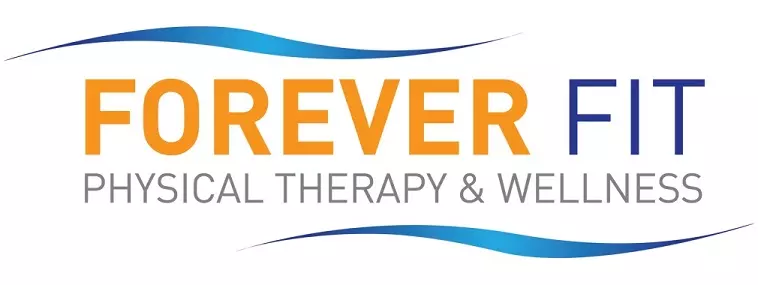Pelvic Rehabilitation
If your pelvic area isn’t working as it should, then it’s time to explore the treatment options that can help. At Forever Fit, we offer pelvic rehabilitation as a physical therapy treatment. We want to help you keep your pelvis as healthy and strong as possible.
What Is Pelvic Rehabilitation?
Pelvic rehabilitation can include physical therapy treatment options, such as:
Therapeutic exercises
One of the key elements of pelvic rehabilitation is muscle strengthening. Strength training for your weak or damaged pelvic muscles will decrease urinary leakage as well as pelvic pressure. A physical therapist will help you increase the strength of your pelvic floor and core muscles with a targeted exercise plan.
Biofeedback
Physical therapists use biofeedback in pelvic rehabilitation by placing sensors on the skin to detect muscle activity in the pelvic floor. The real-time data is displayed on a monitor, allowing patients to see how their muscles respond to different movements and exercises. This visual feedback helps patients learn how to relax or contract their pelvic muscles more effectively, improving control over bladder and bowel functions.
Bladder training
We all know that sometimes it takes a few minutes to get to the closest bathroom. A physical therapist can help reduce incontinence by teaching you techniques that can control your bladder until you’re able to get to a toilet. There are also techniques to help you completely empty your bladder.
There’s more to pelvic rehab than strengthening. The therapist can assess muscles and their need for strengthening or down-training, depending on the cause of problems. Down-training refers to improving muscle control and flexibility. The therapist can determine if strengthening, coordination or relaxation techniques are appropriate. They’ll create an individualized plan based on their insight and expertise.
Who Needs Pelvic Rehabilitation?
Pelvic rehabilitation targets the pelvic region, which includes both the pelvis and the pelvic floor. While the pelvic floor consists of muscles and connective tissue, the pelvis is the bony structure that protects your abdominal organs and supports your spine. Most issues that require pelvic rehabilitation stem from pelvic floor issues.
Pelvic rehabilitation can be beneficial to anyone who’s struggling with:
Urinary incontinence.
Abnormal urination.
Chronic pelvic pain.
Women often seek pelvic rehabilitation after having a baby. The pelvic floor muscles support the baby during pregnancy, then stretch during childbirth. The muscles can weaken and cause pelvic floor dysfunction.
But men also benefit from pelvic rehabilitation. Men’s pelvic health covers wellness for a variety of important functions, including sexual function, bowel/urine control and treating conditions that impact the reproductive organs.
At Forever Fit, we treat men with a variety of diagnoses, including:
Urinary hesitancy and/or slow urinary flow
Post void dribbling
Erectile dysfunction
Pre- and post-op radical prostatectomy
Pelvic or testicular pain
Epididymitis
Prostatitis
Constipation and/or fecal incontinence
Colon cancer
Forever Fit Provides Pelvic Rehabilitation to Strengthen Your Pelvic Floor
Struggling with issues like incontinence or chronic pelvic pain can impact your quality of life, but there are ways to help. With pelvic rehabilitation, physical therapists at Forever Fit can show you techniques that will strengthen your pelvic muscles so that you can properly go to the bathroom, support your organs and even boost your sexual function.
Contact our team today for more information or to schedule an initial appointment.
